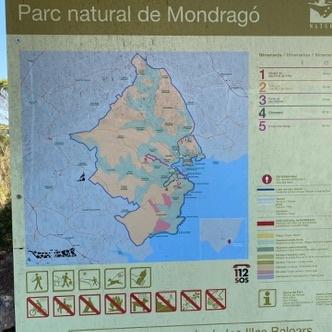In what ways do Mallorca’s coastlines affect the conservation of its historical sites?
Similar Topics
mallorca coastlines conservation
historical site preservation
coastal erosion effects
tourism impact conservation
environmental weathering
rising sea levels
adaptive conservation strategies
coastal heritage sites
Mallorca’s coastlines play a significant role in both the challenges and opportunities related to the conservation of its historical sites. The island’s extensive and rugged coastline, dotted with cliffs, coves, and beaches, creates natural barriers that have historically helped protect many ancient sites from overdevelopment and erosion. Coastal winds and sea spray, however, introduce a unique set of environmental stresses to these structures, particularly those located near the shore. Salinity can accelerate the weathering of stone and other traditional building materials, necessitating ongoing maintenance and conservation efforts that are mindful of the delicate coastal ecosystem.
In addition to natural weathering, Mallorca’s coastlines attract substantial tourism, which has a dual impact on historical preservation. On one hand, the influx of visitors generates much-needed funding and awareness for the upkeep of heritage sites, encouraging local authorities to invest in conservation programs. On the other hand, the pressures of mass tourism can lead to physical wear and tear, overcrowding, and even unintentional damage if visitor access is not carefully managed. Coastal sites require specially tailored conservation strategies that balance public access with protective measures, such as controlled pathways and informative signage, to prevent degradation.
Another important factor is the risk of rising sea levels and coastal erosion due to climate change, which threatens some of Mallorca’s historically important coastal constructions. Fortresses, lighthouses, and ancient port facilities built near shorelines face increasing vulnerability as weather patterns shift and storm surges become more frequent. These environmental risks have prompted local authorities and conservationists to enhance monitoring and implement adaptive strategies, which may include reinforcing structural foundations or relocating certain artifacts. Overall, Mallorca’s coastlines are integral to the story and setting of its historical sites, demanding conservation approaches that respond to both natural and human influences to preserve these cultural treasures for future generations.
In addition to natural weathering, Mallorca’s coastlines attract substantial tourism, which has a dual impact on historical preservation. On one hand, the influx of visitors generates much-needed funding and awareness for the upkeep of heritage sites, encouraging local authorities to invest in conservation programs. On the other hand, the pressures of mass tourism can lead to physical wear and tear, overcrowding, and even unintentional damage if visitor access is not carefully managed. Coastal sites require specially tailored conservation strategies that balance public access with protective measures, such as controlled pathways and informative signage, to prevent degradation.
Another important factor is the risk of rising sea levels and coastal erosion due to climate change, which threatens some of Mallorca’s historically important coastal constructions. Fortresses, lighthouses, and ancient port facilities built near shorelines face increasing vulnerability as weather patterns shift and storm surges become more frequent. These environmental risks have prompted local authorities and conservationists to enhance monitoring and implement adaptive strategies, which may include reinforcing structural foundations or relocating certain artifacts. Overall, Mallorca’s coastlines are integral to the story and setting of its historical sites, demanding conservation approaches that respond to both natural and human influences to preserve these cultural treasures for future generations.
🧩 Related Questions
Related Question
How can tourists politely request special accommodations or services from hotel staff while staying in Mallorca?
Related Question
How do government regulations in Mallorca promote the prevention of disease outbreaks in livestock populations?
Related Question
What role did women play in the local economy of Mallorcan villages despite societal restrictions?
